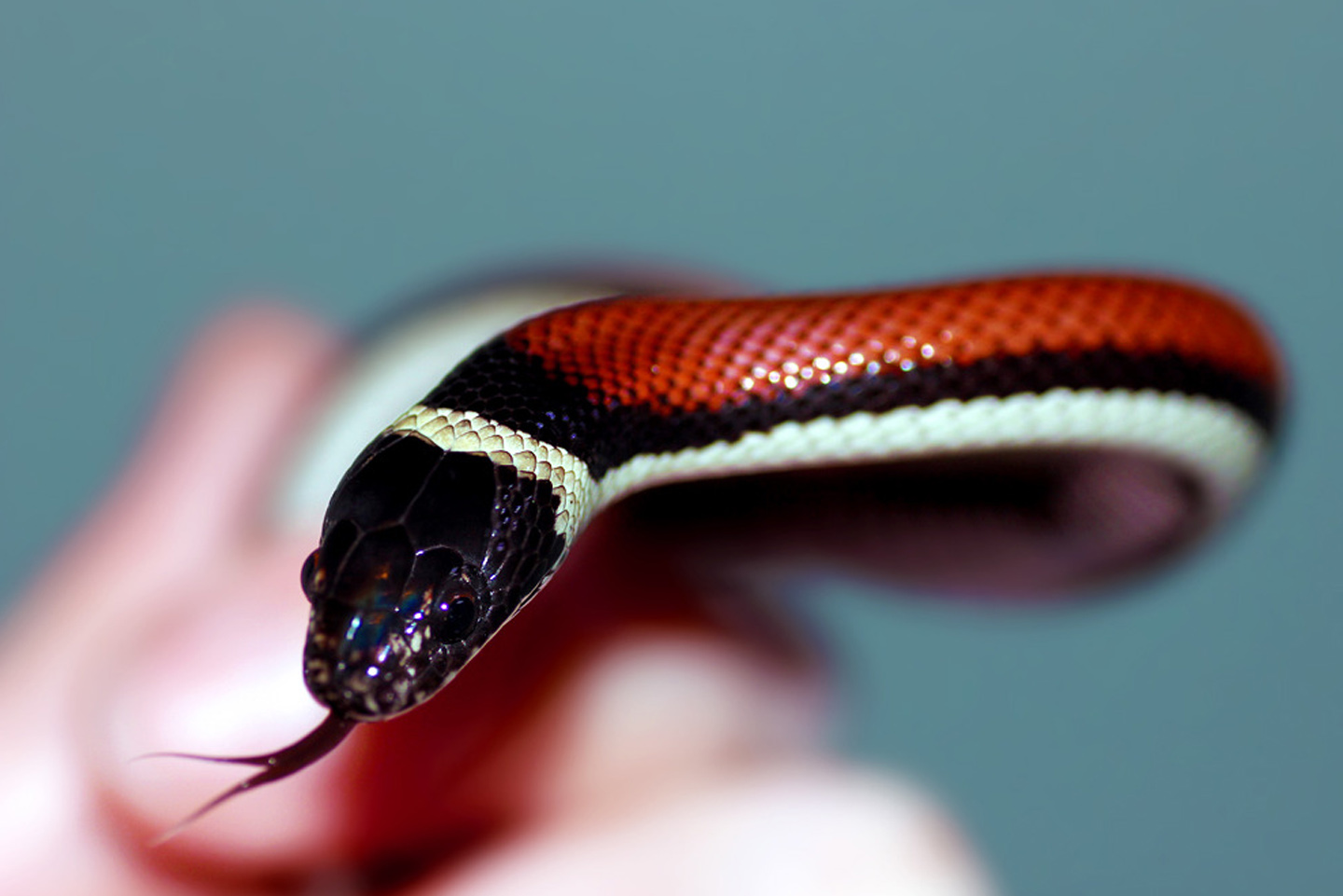Never ordered a snake online before? Scared and overwhelmed? Start preparing here and be ready for every step of the process!
The Purchase ➤➤➤
Shipping, Weather and Boxes ➤➤➤
Your New Snake! Now What? ➤➤➤
Quarantine ➤➤➤
Enjoy! ➤➤➤

The Purchase
Contacting a breeder can be stressful, but don't worry! Most breeders with a good reputation are absolutely used to newbies not familiar with the process. No question is a stupid question! Personally I would be happy to get questions from an excited customer, as that means they have genuine interest in their new pet's wellbeing.
Before contacting a breeder, we suggest making a small list of questions of what's important to you. For example:
-Can you only pay with paypal?
-Do you only have access to FT mice, so you need to know what the snake is eating?
-Do you intend to breed the snake, so you need to know what genes the parents had?
-Do you only have a cage for an adult animal right now, so you need to know the snake's general size/age?
Everyone's question list will be a little different, but hopefully this gets you started!
Once you have a list, carefully read over the animal's sale page. Often, questions are answered in the details there. Then reach out to the breeder. Ask how to proceed with payment, then shipment scheduling.
Shipping, Weather and Boxes
After providing the breeder your shipping information, what's next?
The breeder will likely help coordinate with you to find when weather highs are ideal for the origin city, the fedex hub city, and the destination.
Boxes from us are typically insulated with a few airholes, with the animals inside well-cushioned in padding, and the snake itself either in a ziptied bag or container depending on the species and size. Sometimes a heatpack is included, but often would only be necessary when we don't feel comfortable to ship.
Don't worry if your snake arrives a little cold depending on the weather! A little cold is always much preferable to heat stress.

Your New Snake! Now What?
Exciting! After looking over your new snake for any visible signs of illness, send the breeder a short message that you have your new pet safe and sound. The next step is to unfortunately leave them alone.
It's hard! But we suggest new owners leave an animal alone in their new home for roughly two weeks before handling, or offering food items. This will give your new snake time to destress and accept their new space as a safe place. A constantly handled snake is a stressed out snake that might not want to eat in such a "chaotic" environment.
Some snakes will be shy, showing some interest in food but not quite going for it. Keep trying every few days to a week! Once a snake eats, especially for the first time in a new home, leave it alone again at least for a couple days so they can digest in peace. I find that once they've eaten in a new home, they'll be ready to settle into a routine come next mealtime.
Quarantine
Often, the first instinct of a new owner is to create a fully decked out cage full of plants, substrate and hides for their new snake. Hold on, friend!
"Quarantine cages" are a simple cage (often a plastic keeper, empty cage or even storage bin with airholes drilled as needed) with paper towel floors and a waterbowl. Hides are also sometimes necessary but not always, depending on how tucked away the cage is from home traffic/pets/activity. Personally, we often put a towel over our quarantine cages for extra peace.
But what are these blank, unfun cages for?
Even the best rated breeders will sometimes miss something like mites, especially if they too are keeping their snakes on a dark substrate. It is the duty of every owner to quarantine their pets on arrival, whether to keep other snakes safe or to keep an illness from spreading into a fancy new planted terrarium. Simple "paper towels and waterbowl" cages make it extremely easy to spot mites (these often show up drowned in waterbowls), unusual amounts of saliva or poop that might need to get sent to the vet for testing.
Depending on the species, we suggest quarantining animals like this from 3-6 months.
Enjoy!
While you settle in with your new friend, we suggest glancing over care guides again. Here's ours:
Ball Python Care Guide
Ball Python Feeding Size Guide
More guides coming soon!
